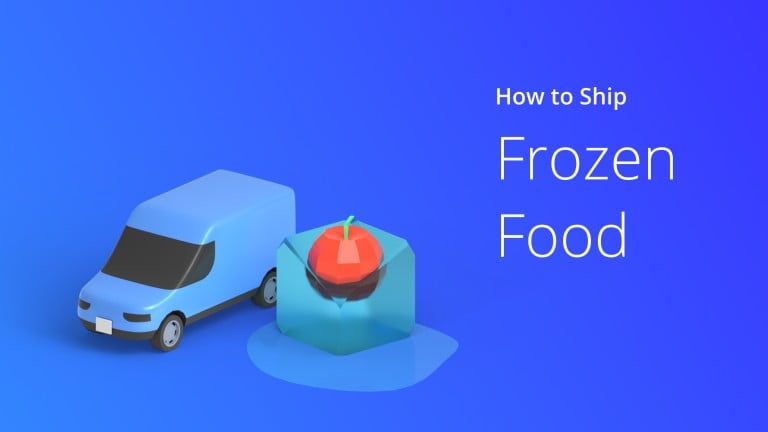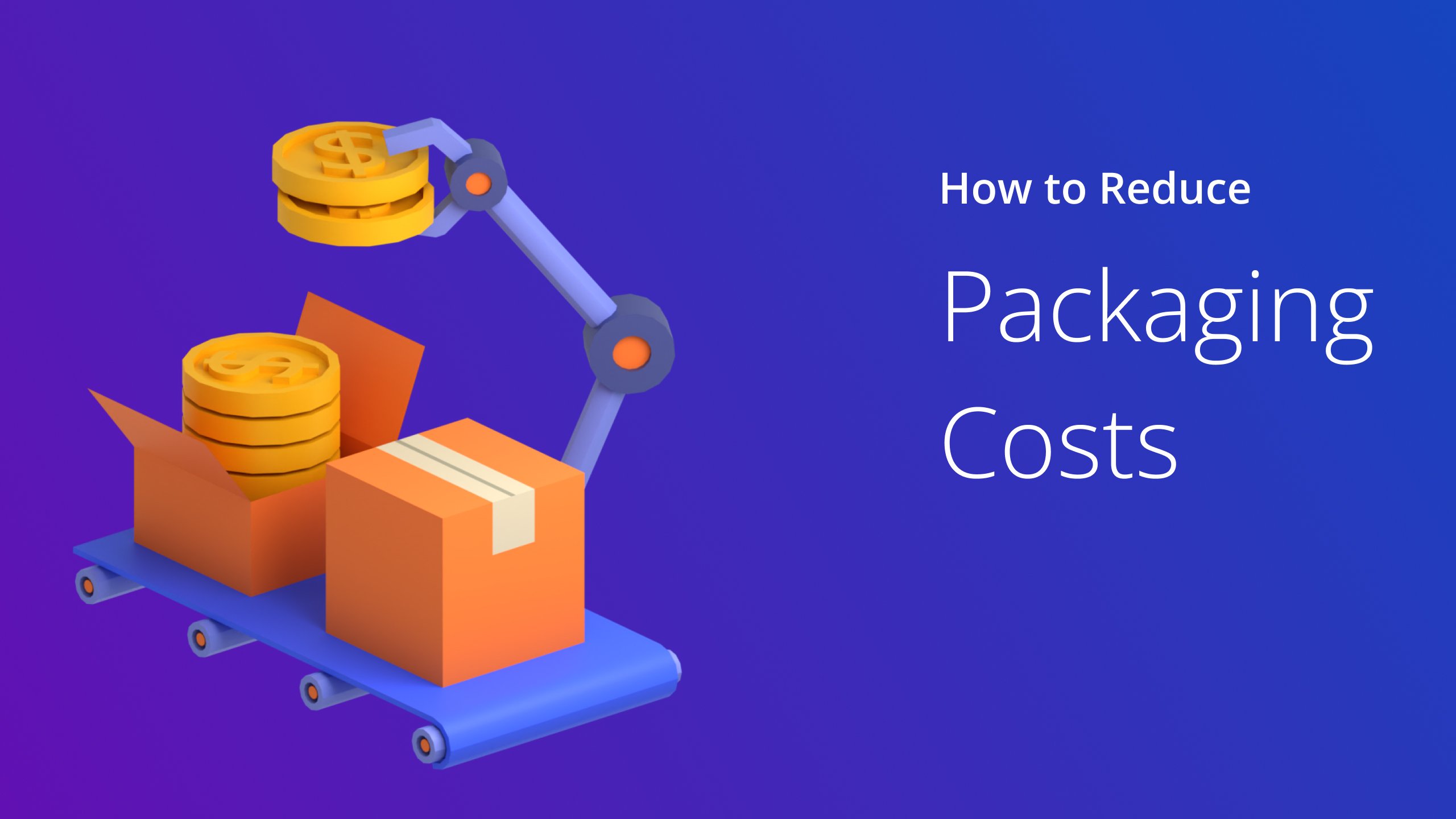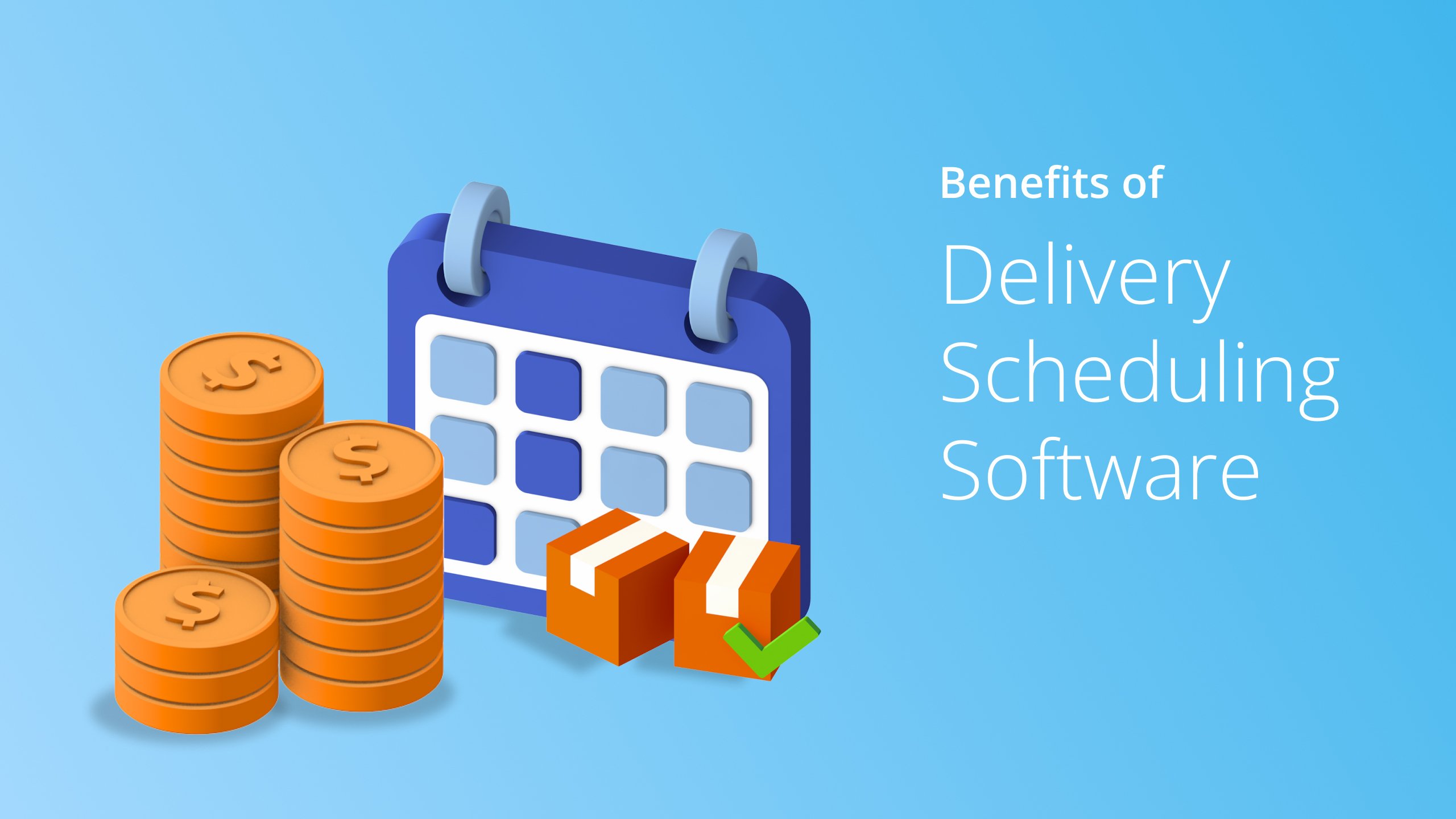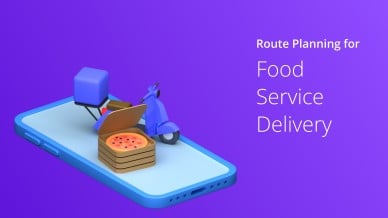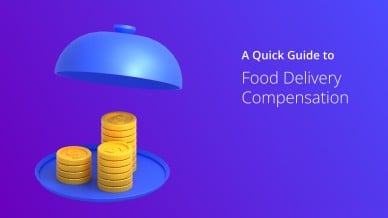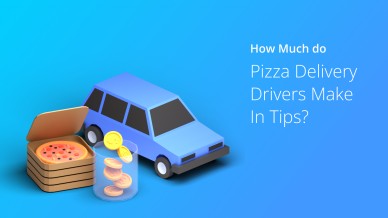Shipping frozen food is a challenging task. After all, these are shipshape foods that require shipshape conditions. It has to be kept chilled and arrive intact in the same condition it was left in.
Frozen food can rapidly thaw and spoil during shipping, making it inedible while potentially jeopardizing public health.
Plus, microorganisms and bacteria can multiply at abnormally high rates when frozen and cold foods are exposed to extreme temperatures. And nobody relishes the thought of food poisoning.
If proper safety procedures are not followed, the cost of lost products and legal and regulatory fines can be astronomical.
Additionally, time is of the essence when dealing with frozen foods. Delays due to improperly handled cargo can result in total product loss and customer dissatisfaction, which could destroy the reputation of your shipping company faster than a melting popsicle on a hot summer day.
So what’s the answer when asking how to ship frozen food items efficiently? Here are the top six tips.
Table of Contents
1. Use Appropriate Shipping Boxes and Containers
If you ship frozen food, you’ll need to wrap it up in the appropriate shipping boxes and containers to ensure your cargo reaches its destination still frozen.
Some of us may be tempted just to stuff those perishable items in any ol’ box. However, a generic shipping box might not offer enough insulation or protection from external elements like sunlight or temperature changes.
Plus, without a suitable shipping container or box, you risk damaging or thawing the frozen foods while they’re in transit and open yourself up to potential legal issues and financial losses.
Investing in sturdy outer containers ensures that frozen food arrives fresh and unspoiled at its destination – even if it takes a few bumps. Moreover, transporting food in frozen containers helps keep it crisp and tasty.
Before deciding, consider a few key factors when selecting shipping boxes and frozen food shipping containers, such as size, insulation, and price.
In terms of size, ensure that the container can fit all the frozen items you are shipping but is large enough to include packing materials for insulation.
Insulation should be the main priority when selecting a container since it keeps outside temperatures from transferring into the inner environment; otherwise, your food shipments might receive a melted mess. Also, take your time and select the ones with thick walls and tight-fitting lids.
Of course, pricing is always something to take into account as well. While there are many shipping options, from basic cardboard boxes to full-fledged insulated containers, select one that lines up with your budget while still meeting your needs. After all, saving money is everyone’s prerogative.
So whether you’re shipping ice cream or fish fingers, don’t forget to double-check the frozen food packaging before it takes off.
2. Optimize Routes to Avoid Delays
When it comes to shipping frozen foods, there is one thing that matters more than anything else: speed.
Plus, with every layer of insulation and careful handling, there’s still the risk of product loss due to time spent in transport.
Optimizing routes for frozen food deliveries can decrease spoilage chances and ensure on-time deliveries.
Your customers also won’t have to wait very long for their frozen foods to arrive, making them happy and returning for more. Moreover, you can save costs due to reduced payloads and fuel consumption – all while keeping your products shipshape.
But route optimization is easier said than done.
You need to manage multiple stops at different locations along the same routes to ensure freshness and quick delivery. This is where the power of route optimization software really kicks in.
An advanced route optimizer like Route4Trucks helps save significant time by figuring out the fastest and shortest multi-stop routes while avoiding traffic congestion.
Plus, it considers many other constraints, such as load, weight, height, delivery time windows, weather, and roadblocks that could slow down your drivers.
Want To See For Yourself How Route4Me Can Help Ship Frozen Food?

The dispatch routing software takes away much of the manual work involved in scheduling multiple delivery trips and manually working out routes which can be arduous and time-consuming.
Route4Me’s vehicle routing software also comes with a GPS tracking app that helps track vehicles and drivers in real-time and ensure they stay on schedule.
You could even re-optimize routes if a shipment gets stuck due to unanticipated circumstances, such as a sudden vehicle breakdown, and still meet the deadline.
Route4Me route planner allows for more efficient use of resources, such as fuel needed for transportation and staff time spent on food delivery logistics; this helps you save money too!
In short, there’s no debate that you need to ship frozen food fast. And that’s why the delivery route planner should be at the top of your list for saving time, money, and effort when shipping.
But the benefits of Route4Me’s multi-stop route planner don’t end with routing and scheduling. Click the image below to learn the eight other key benefits.
3. Keep the Perishable Food in a Cooler with Plenty of Insulation
Keeping food items in cold storage is vital to maintain a safe environment. Invest in a good cooler with sufficient insulation to ensure that the perishable items remain at their proper storage temperature.
A well-insulated cooler helps keep the air inside from escaping, ensuring the temperature stays constant throughout the day.
Also, when packing your cooler, it’s essential to fill it up as much as possible. This helps ensure a minimal amount of space between the food and the walls of the cooler, allowing it to maintain its cold temperatures more efficiently.
Lastly, avoid placing hot items in an already chilled cooler – instead, pre-chill any refrigerated items before placing them in.
4. Use Dry ice or Gel Packs to Keep the Food Frozen
Dry ice and gel packs are absolute musts to ship frozen food.
Dry ice packs keep food frozen longer as it sublimates (converts directly from a solid to a gas) in a shipment instead of melting.
And if that wasn’t enough, it also maintains a consistent temperature during transit which is essential for optimal flavor and texture quality when the product arrives at its destination. Plus, it helps ensure no bacteria or fungi grow during transportation.
Meanwhile, gel packs can provide an added layer of coolness to preserve the perfect temperatures for frozen meals. Combined with proper insulation, they can maintain desired temperatures much longer than either alone would be able to.
5. Wrap the Food Items tightly in Freezer Bags
Wrapping the food tightly in plastic wrap, aluminum foil, or freezer-safe bags is an excellent way to keep it fresh.
Not only can these materials form a barrier against contaminants such as dust, dirt, and germs, but they can also help retain moisture so that the food doesn’t dry out.
You can use plastic wrap and aluminum foil in the refrigerator or pantry to store produce and other items that don’t require freezing. Freezer bags are a great option for freezing leftovers and making sure they don’t get freezer burn.
Remember to secure airtight seals when you wrap something in plastic, aluminum foil, or a freezer bag to ensure maximum freshness. Doing this helps reduce food waste and ensures safety by preventing the growth of dangerous bacteria on tainted food.
6. Label the Package Clearly
Label the frozen food packages clearly to avoid confusing or misplacing them during transportation.
Every little detail helps. This includes the ship-to address, the recipient’s name, the fragile label, and a list of any special instructions that your delivery personnel need to follow.
For instance, when you ship frozen food, it needs to stay below 40 degrees Fahrenheit; an added message on the box can help ensure this happens.
You should also include an email address or phone number so your customers can contact you if there are any questions about the package. You must insert your or the sender’s address if the package needs to be returned for any reason.
By taking all of these steps, you can ensure that your package arrives safely and on time. Moreover, it shows effort on your part and can increase customer satisfaction.
Final Thoughts on Shipping Frozen Food
If you’re shipping frozen food, you need to take a few extra steps to ensure it arrives in good condition. Use insulated foam containers and dry ice or frozen gel packs, wrap your food tightly in plastic wrap or freezer bags, and place your food in a cooler with plenty of insulation.
Make sure to label your package clearly and include special instructions while transporting frozen food. And you must use a route planner to optimize routes and track package to ensure it arrives safely.
By following these simple tips, you can be confident that the food will arrive fresh and delicious.
Want To See For Yourself How Route4Me Can Help Ship Frozen Food?

